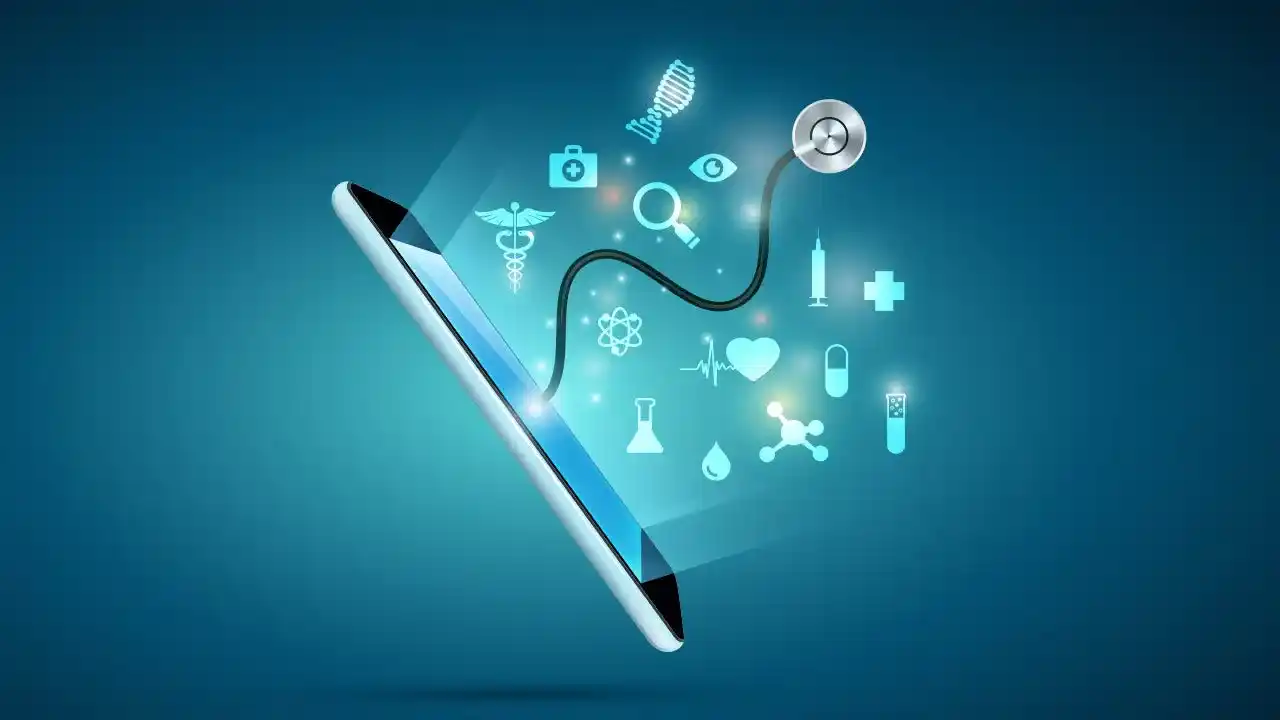Table of Contents
Imagine a world where healthcare is no longer limited by geographical boundaries, where patients are proactive participants in maintaining their health, and where technology enables earlier interventions and better outcomes. By 2030, Digital Therapeutics (DTx) promises to redefine the global healthcare landscape, building a model founded on prevention, accessibility, and equity.
Digital Therapeutics refers to evidence-based software solutions designed to treat, manage, or prevent medical conditions. By harnessing cutting-edge technologies such as Artificial Intelligence (AI), connected devices, and machine learning, DTx empowers individuals and health systems alike. Unlike traditional treatments, DTx offers real-time interventions, data-driven personalization, and remote accessibility, making it a game-changer.
This article explores the evolution of Digital Therapeutics, its technological and global impact, and the challenges and opportunities that lie ahead.
What is Digital Therapeutics?
Digital Therapeutics has emerged as a powerful, clinically validated form of medicine accelerated by software innovation.
Key Characteristics of DTx
- Scientific Validation: DTx solutions are backed by clinical trials and robust evidence—the same rigorous standards applied to drugs and medical devices.
- Prescription Therapy: DTx solutions can be prescribed by physicians just like medication or physical therapy.
- Intervention-Centric: Unlike wellness apps that focus on general well-being, DTx targets specific medical conditions, often in collaboration with traditional treatments.

Core Applications Today
- Chronic Disease Management :
- Tools like Livongo empower patients to manage diabetes and hypertension through AI-guided monitoring and coaching.
- Real-time data allows tailored care, improving outcomes and reducing unnecessary hospital visits.
- Mental Health :
- Platforms like Woebot Health provide digital cognitive behavioral therapy (CBT) to help users address depression, anxiety, and stress. These solutions offer convenient, stigma-free access to therapy.
- Addiction and Recovery :
- FDA-approved solutions like reSET and reSET-O assist users in overcoming addiction through educational modules, interactive tools, and behavioral guidance.
By 2030, DTx is poised to address even broader health challenges, from rare diseases to global epidemics, unlocking new possibilities for treatment and prevention.
1. The Global Impact of Digital Therapeutics by 2030
Expanding Access to Healthcare in Underserved Regions
One of the biggest strengths of Digital Therapeutics lies in its scalability and ability to bridge healthcare disparities. With mobile-first solutions, individuals living in remote or underserved areas can access high-quality treatments without needing physical healthcare infrastructure.
- A patient in Sub-Saharan Africa could use their smartphone to receive asthma treatment via a connected inhaler and AI-powered coaching without frequent trips to a clinic.
Reducing the Global Disease Burden
Chronic diseases like diabetes, cardiovascular ailments, and mental health disorders are among the leading causes of mortality worldwide. DTx enables patients to monitor, manage, and prevent these conditions much more efficiently.
- Real-time intervention minimizes complications, improves compliance, and reduces reliance on emergency care, leading to lower healthcare costs globally.

Preventative Healthcare
Prevention lies at the heart of health systems’ transformation. Digital Therapeutics allows early detection of at-risk individuals, leveraging predictive analytics to identify triggers and prevent worsening conditions.
- A wearable device monitoring heart rate variability could detect early warning signs of a cardiac event, prompting the patient to seek timely intervention.
2. Technological Innovations Powering Digital Therapeutics
Artificial Intelligence (AI) and Machine Learning
AI is poised to revolutionize DTx by making treatments smarter and more precise. Machine learning algorithms can analyze patient data (e.g., from wearables or EHRs), delivering tailored interventions that evolve over time.
- Example: An AI-powered mental health app could adapt its therapy approach based on the user’s daily mood patterns and engagement levels.
Connected Devices and IoT Ecosystems
Connected healthcare devices, such as wearables and IoT-enabled sensors, are critical to DTx’s real-time monitoring capabilities.
- Devices can not only gather data but provide actionable insights, enabling patients to self-manage their conditions.
- Example: Continuous glucose monitors (CGMs) paired with AI apps empower diabetic patients by providing instant feedback on their glycemic levels.
Gamification for Patient Engagement
Gamification leverages interactive design elements such as rewards, reminders, and milestones to improve patient adherence.
- Example: Smoking cessation apps use streaks and rewards to encourage users to meet their daily goals, motivating long-term behavior change.

Data Privacy and Blockchain
Patient privacy is paramount, and blockchain technology ensures that health data remains secure, decentralized, and tamper-proof. By 2030, blockchain will instill greater trust in digital care systems, alleviating concerns over misuse of sensitive information.
3. Challenges on the Road to 2030
Bridging the Digital Divide
- Digital Therapeutics must reach everyone, not just those in affluent societies. Lack of internet access and affordable devices continues to be a barrier for rural populations. Public-private partnerships to subsidize devices and platforms in underserved regions.
Ethical Concerns
- As Artificial Intelligence plays a growing role in automating care, questions of transparency, responsibility, and bias will need to be addressed.
Managing Digital Fatigue
- With so many apps and platforms, patients may experience confusion and fatigue. Designing simple, intuitive, and all-encompassing digital ecosystems will be a critical focus.
Building a Healthy, Digital Future
Digital Therapeutics holds the extraordinary promise of making healthcare proactive, accessible, and personalized by 2030. Through innovative technologies, global impact, and patient-centric approaches, DTx has the power to bring equity and wellness to billions.
The time to invest, innovate, and make this future a reality is now. Together, we can build a healthier, smarter, and more empowered world.